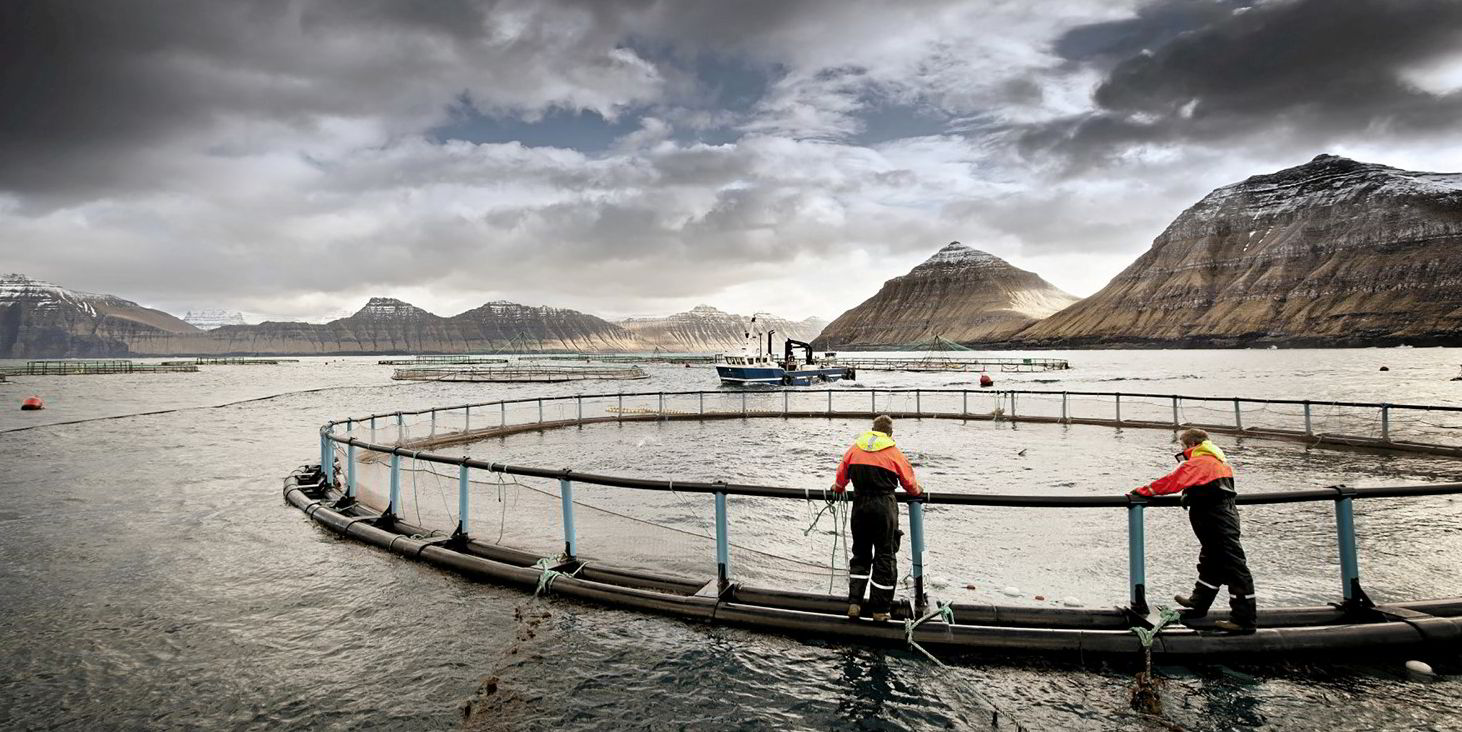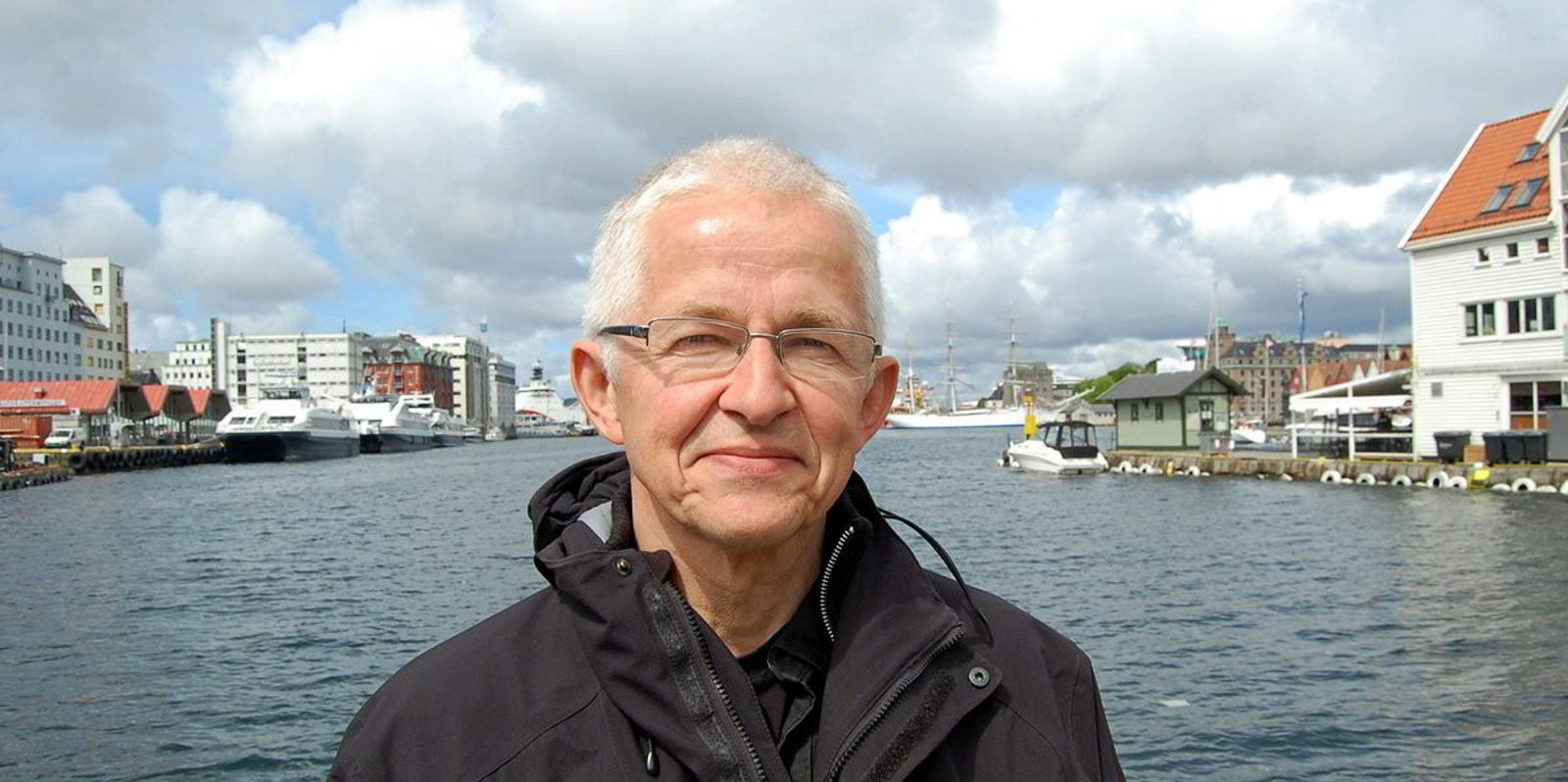Last week, TradeWinds' sister title IntraFish reported on an approach to decarbonisation that must have inspired frustration in any shipowner who was paying attention.
A Faroese salmon farmer, Hiddenfjord, told IntraFish that it had found a simple way to slash its carbon emissions: putting fish on ships as opposed to planes.
And here we are speaking of conventional ships, burning diesel fuel oil and pumping carbon as ocean shipping will be doing for a long while yet.
It must sting for a shipowner, under pressure from bankers and regulators to decarbonise, when he finds that his customers can get credit, in all senses of the word, for being green — by employing the very same ships that are giving the shipowner a reputation for being so grey.
But the apparent paradox is one of perspective. Decarbonisation targeting — as the love child of technology and accounting — must give the ship one baseline from which to measure progress, and the cargo on the ship another.
Progress from a cargo owner's baseline has nothing to do with progress from a shipowner's baseline: sometimes a cargo can travel to market by sea or, in this case, by air, but in no case will a ship get any greener.
Hiddenfjord's numbers show that it all makes perfect sense.
On an industry average as reported by IntraFish, getting a kilogram of salmon from the Faroe Islands to the US east coast by plane can produce 7 kg of CO2. For Hiddenfjord, putting its fish on a ship to the US cuts those emissions to 0.4 kg.
A few years ago it was the official position of the Greek Shipping Cooperation Committee that ships should not be forced into emissions control regimes, because atmospheric sulphates from ship engines were, maybe, slowing down global warming
From the cargo owner's point of view, then, grey shipping can be the greenest alternative. The shipowner may not like it that the cargo owner gets green credit off the shipowner's grey back, but the shipowner is just going to have to embrace that relativity of perspective and go on, perhaps cheered by the hire earnings in his pocket.
It is not often that the shipping industry hears praise, implicit or otherwise, for the state of its progress towards decarbonisation. In this case, as so often, it is best to ignore the implied compliment.
First, the comparison has narrow application. There may be a few trades in which a cargo owner can choose to fly or float his or her wares to where the buyers are, but they are tiny niches, measured in global vessel demand.
Second, this comparison invites reviving an old story that the industry used to tell itself — that shipping is inherently greener than other modes of transport because of the volumes involved. No matter how dirty the emissions of a large oceangoing vessel, the emissions from rail or truck carriage of the same volume of cargo would have been vastly greater.
It was always an amusing argument, because it conjured up visions of a fleet of 20,000 seagoing dump trucks hauling iron ore from Australia to China — the only scenario that would have made the volume argument make sense.
The argument from scale is not even the silliest of the fairy tales the industry has told itself in the not-too-distant past.
Some people may have forgotten that a few years ago it was the official position of the Greek Shipping Cooperation Committee that ships should not be forced into emissions control regimes, because atmospheric sulphates from ship engines were, maybe, slowing down global warming.
Arguments like those against speeding up the decarbonisation of shipping are not much heard any more, thanks to the lack of any international regulatory bodies to take them seriously.
But as the decarbonisation struggle gets increasingly real, and as the bill for overcoming the challenges comes increasingly close to due, some shipowners are going to be tempted to dust those arguments off again in some form and preach the inherent greenness of shipping.






